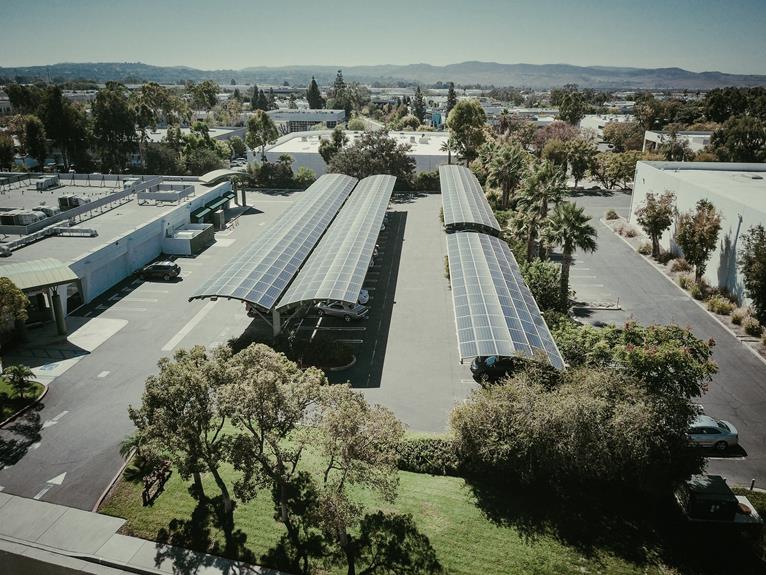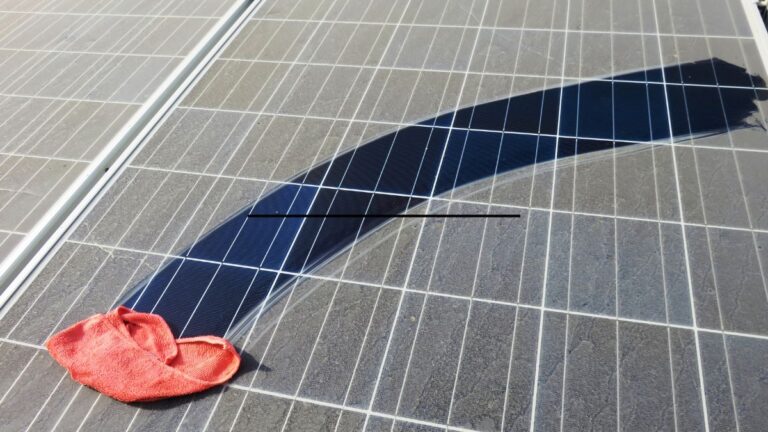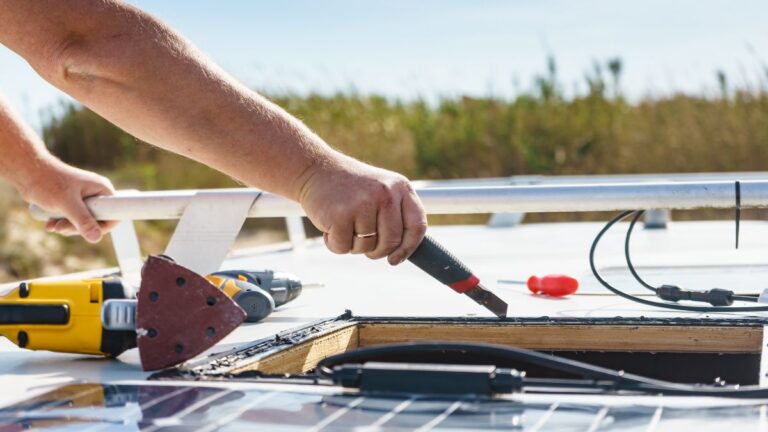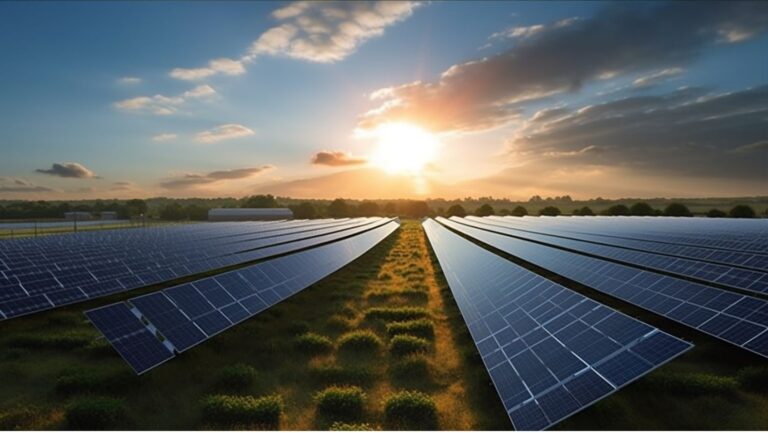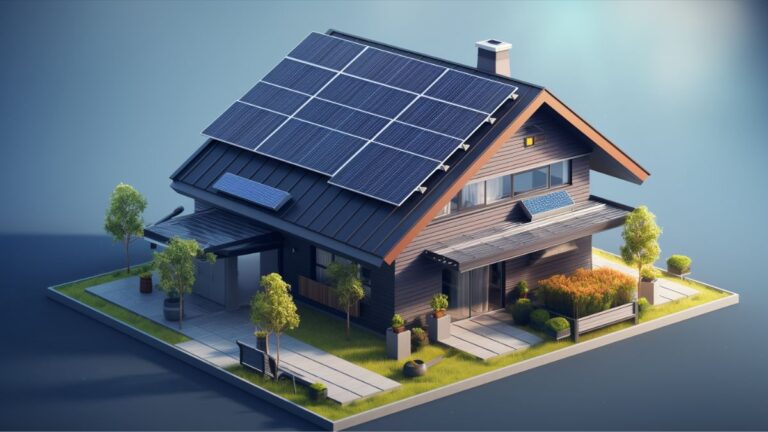Exploring Efficient Home Solar Power Systems
Imagine having the power to generate your own electricity, reducing your carbon footprint and saving money on your energy bills. You can make this a reality with efficient home solar power systems.
In this article, we will explore the different types of solar panels, the key components of a solar power system, and factors to consider for maximum efficiency. We will also discuss the best battery storage options to store excess solar energy.
Take control of your energy future and join the growing community of solar-powered homes.
Types of Solar Panels for Home
If you’re considering installing solar panels in your home, you may be wondering about the different types available. When it comes to solar panel installation, it’s crucial to choose the right type that suits your needs and maximizes solar panel efficiency. There are three main types of solar panels commonly used for residential purposes: monocrystalline, polycrystalline, and thin-film.
Monocrystalline solar panels are made from a single crystal structure, which makes them highly efficient and space-saving. They’ve a sleek black appearance and are known for their durability.
Polycrystalline solar panels, on the other hand, are made from multiple crystal structures. They’re more affordable but slightly less efficient than monocrystalline panels.
Lastly, thin-film solar panels are made by depositing a thin layer of photovoltaic material onto a substrate. They’re flexible and lightweight, making them suitable for unconventional installations.
Understanding the different types of solar panels will help you make an informed decision about the best option for your home’s solar panel installation.
Related Post: The Ultimate Showdown: Monocrystalline vs Polycrystalline Solar Panels.
Key Components of a Solar Power System
To ensure an efficient home solar power system, you’ll need to understand the key components that make it work.
One important component is the solar inverter technology. The solar inverter is responsible for converting the direct current (DC) generated by the solar panels into usable alternating current (AC) electricity that can power your home. It also ensures that the electricity is synchronized with the grid, allowing you to sell excess power back to the utility company.
Another crucial component is the solar power system installation itself. This includes the mounting system, which securely holds the solar panels in place, and the wiring system, which connects the panels to the inverter and the electrical panel of your home.
Understanding these key components will help you design and maintain efficient home solar power systems.
Factors to Consider for Efficient Solar Power
When considering efficient solar power, it’s important to take into account the factors related to the location of your home. These factors can greatly impact the performance and effectiveness of your solar panel installation. Here are some key factors to consider:
- Sunlight Availability: The amount of sunlight your location receives throughout the year is crucial for optimal solar power generation. Areas with more sunlight will generate more electricity.
- Roof Orientation and Tilt: The direction and tilt of your roof can affect the efficiency of your solar panels. South-facing roofs with a tilt between 30-45 degrees are generally ideal.
- Shading: Nearby trees, buildings, or other obstructions can cast shadows on your solar panels, reducing their efficiency. Ensure that your panels aren’t shaded during peak sunlight hours.
- Government Incentives: Research and take advantage of government incentives and rebates available for solar installations. These incentives can significantly reduce the cost of your solar power system.
Considering these factors will help you maximize the efficiency and benefits of your solar power system while also taking advantage of government incentives.
Best Battery Storage Options for Solar Energy
One important consideration in maximizing the efficiency of your home solar power system is choosing the optimal battery storage option. Battery capacity plays a crucial role in determining how much solar energy can be stored and used during non-sunlight hours. It’s important to select a battery with sufficient capacity to meet your energy needs, taking into account factors such as the size of your solar system and your household energy consumption.
Additionally, grid integration is another key aspect to consider when choosing a battery storage option. A battery that can seamlessly integrate with the grid allows for efficient energy management, enabling you to sell excess solar energy back to the grid or draw power from the grid when needed.
Carefully evaluating battery capacity and grid integration will help ensure that your home solar power system operates optimally and effectively.
Maximizing Energy Efficiency With Solar Power
You can maximize energy efficiency with solar power by optimizing the placement and orientation of your solar panels. Here are some key strategies to consider:
- Positioning: Place your solar panels in a location that receives the maximum amount of sunlight throughout the day. This typically means facing them towards the south with minimal shading from trees or buildings.
- Tilt angle: Adjust the tilt angle of the panels to match your latitude. This helps to maximize the amount of sunlight that hits the panels.
- Smart tracking systems: Utilize smart energy management systems that automatically adjust the position of your solar panels to track the movement of the sun throughout the day. This ensures that the panels are always in the optimal position to capture sunlight.
- Regular maintenance: Keep your solar panels clean and free from debris to maximize their efficiency. Regularly inspect and clean them to ensure they’re operating at their full potential.
Conclusion
In conclusion, exploring efficient home solar power systems is a worthwhile endeavor for homeowners looking to reduce their carbon footprint and save on energy costs.
By investing in the right type of solar panels and key components, considering factors such as orientation and shading, and choosing the best battery storage options, homeowners can maximize the energy efficiency of their solar power system.
It’s like harnessing the power of the sun to create a sustainable and cost-effective energy oasis in your own backyard.
